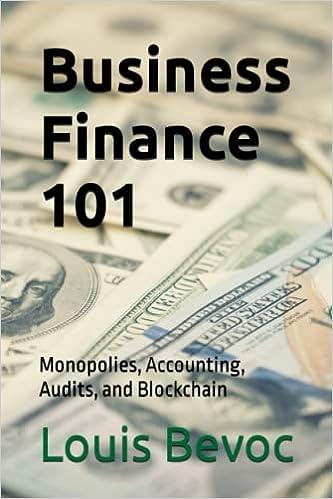Advanced Accounting chapter 14 problem 3E
Exercise 3 (LO 2, 3, 4) Impact on a partner's capital account as a result of acquiring an additional interest in the partnership. Freeman has been a partner in a commercial construction company for over 25 years and has finally decided to dispose of their interest in the partnership. Of the other two partners, Thierfelder and Pape, only Pape has expressed an interest in acquiring Freeman's interest. However, neither of the remaining partners want Freeman to sell their interest to an outside party. The partners have always allocated profits and losses based on their proportionate average capital balances. Therefore, Thicrfelder and Pape are both interested in what impact a sale by Freeman would have on their capital balance and in turn their interest in profits and losses. Assume that prior to a sale by Freeman, the capital balances are $80,000, $40,000, and $40,000 for Freeman, Thierfelder, and Pape, respectively, and the recorded net assets of the partnership have a current value of $200,000. Pape has sought out your advice and has posed the following questions: 1. What would be Pape's capital balance if Freeman sold their interest for $125,000 to either Thierfelder or an outside party? 2. What would be Pape's capital balance if Freeman sold their interest to the partnership for $125,000 and the bonus method was used to record the transaction? 3. What would be Pape's capital balance if Freeman sold their interest to the partnership for $125,000 and the goodwill method, which only recognizes goodwill traceable to Freeman, was used to record the transaction? 4. What would be Pape's capital balance if Freeman sold their interest to the partnership for $125,000 and the goodwill method, which recognizes goodwill traceable to the entire part- nership, was used to record the transaction? 5. If one of the above goodwill methods were used, which one would be preferable? 6. What constructive comments would you have regarding the method by which profits and losses are allocated by the partnership? Provide a response to each of Pape's questions and assume that, based on average capital bal- ances, profits and losses are allocated 50%, 25%, and 25% to Freeman. Thierfelder, and Pape, respectively







